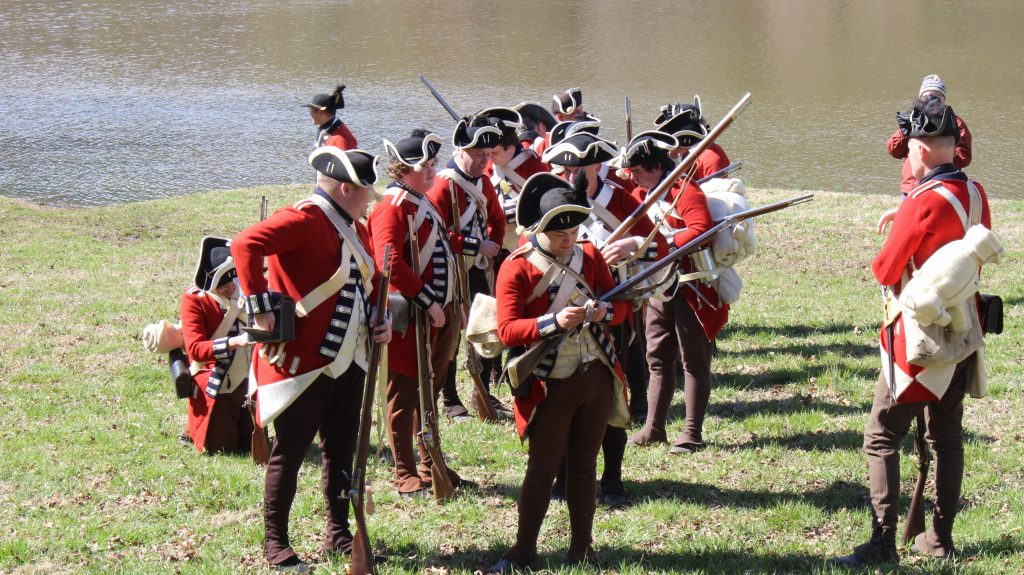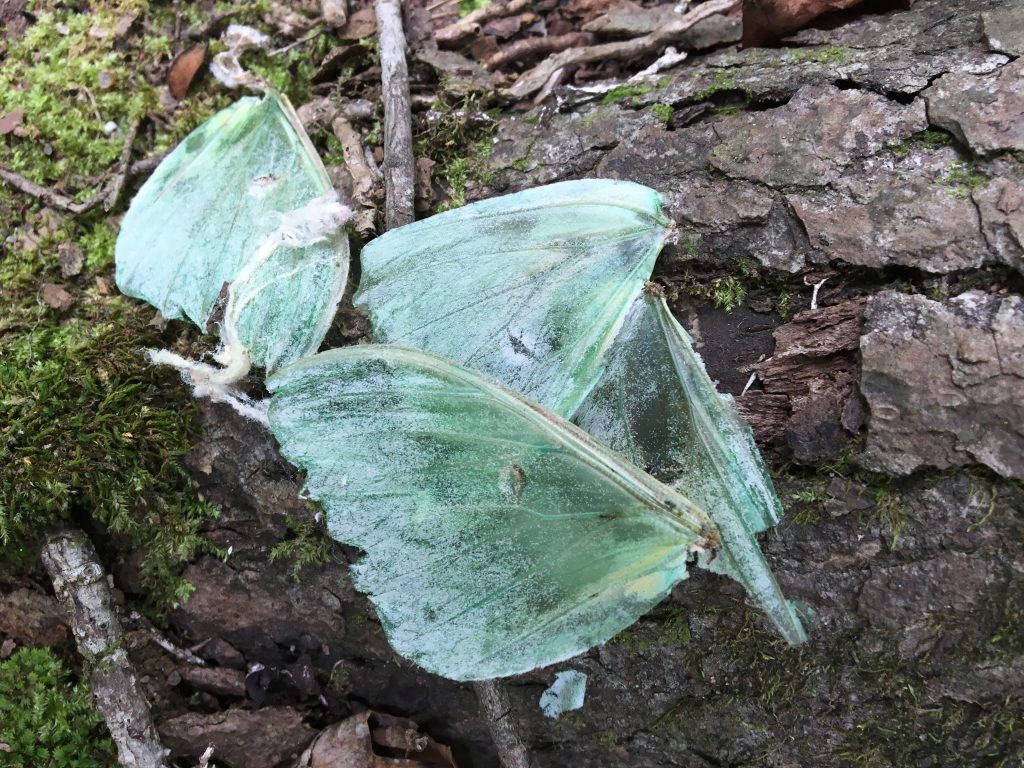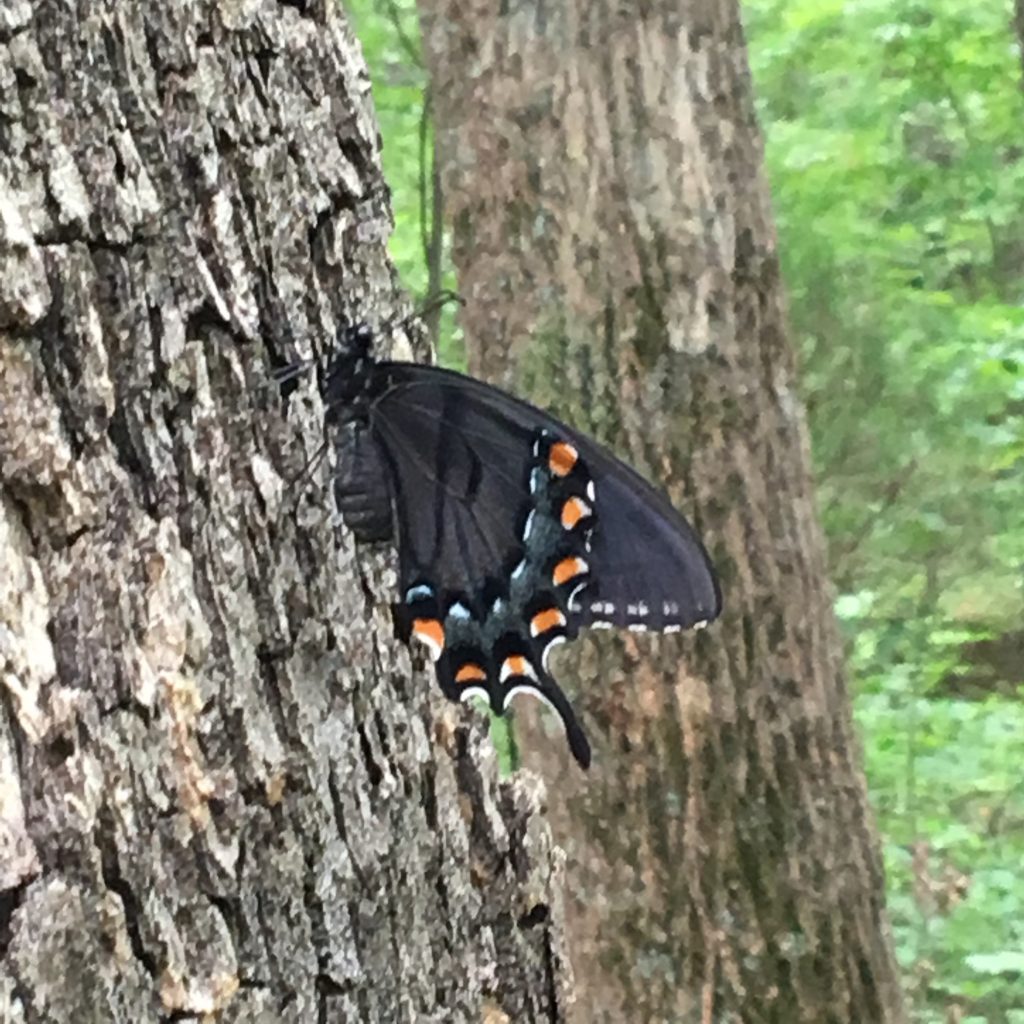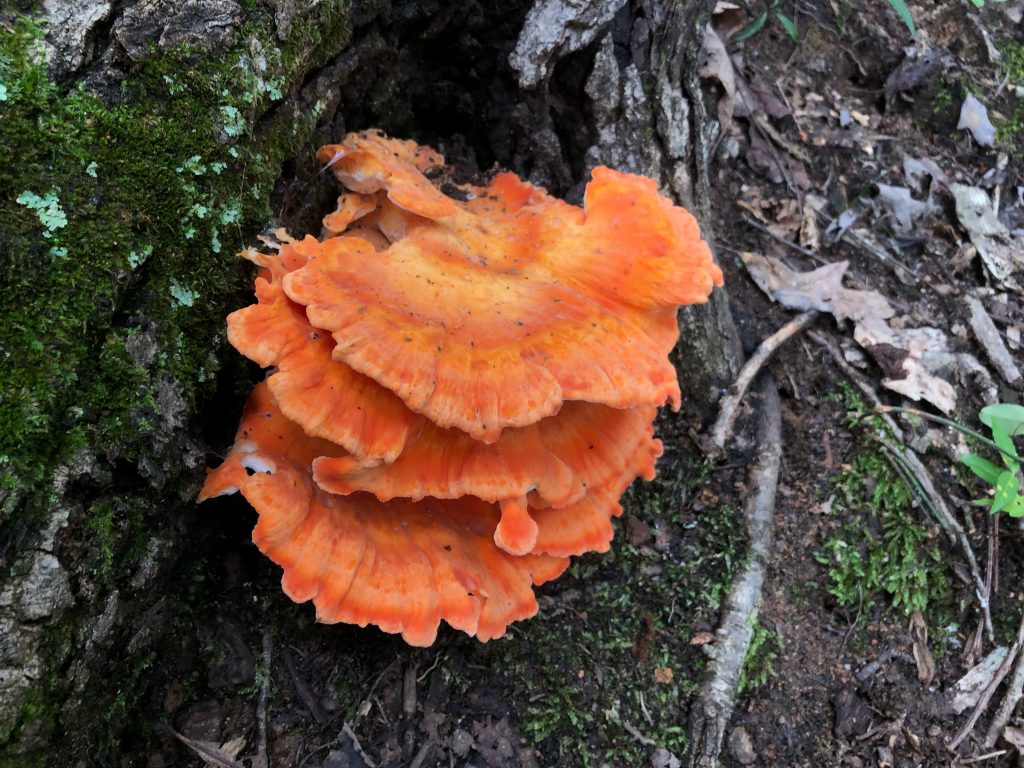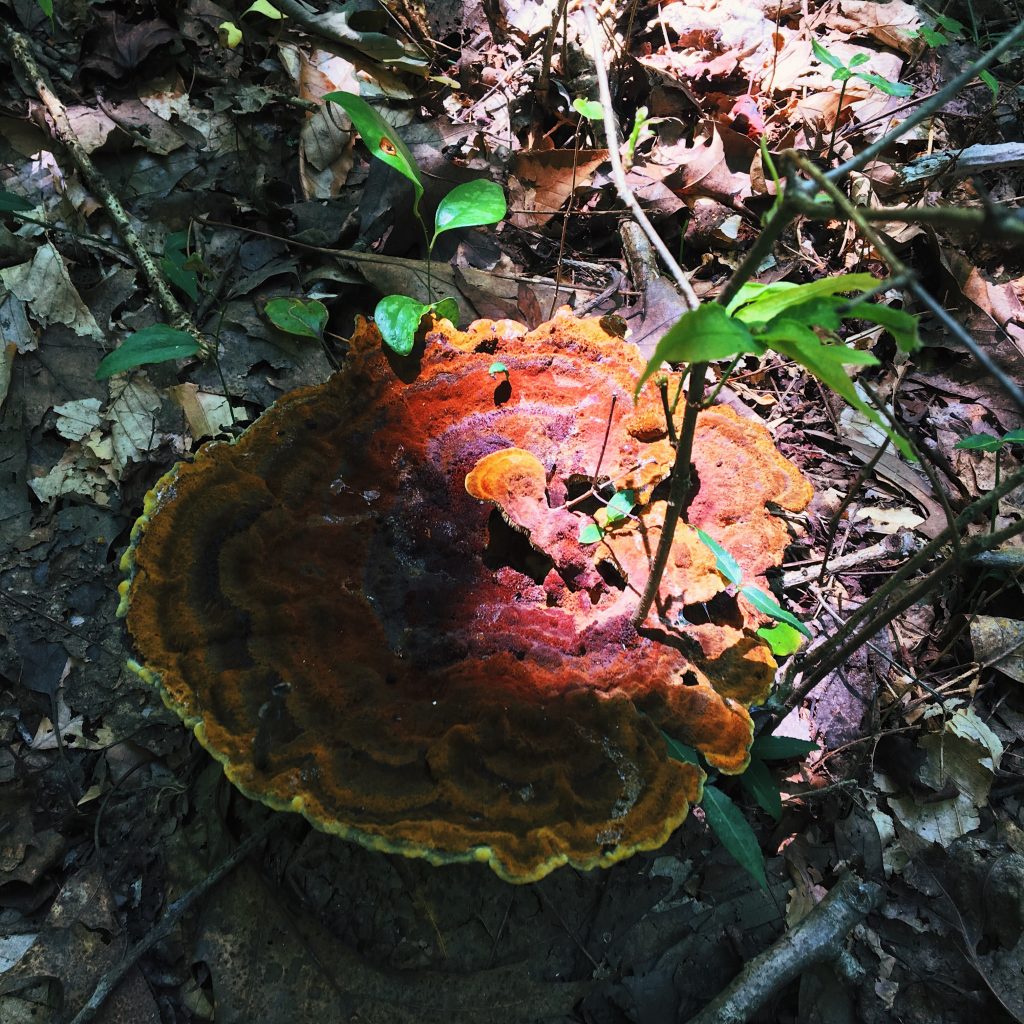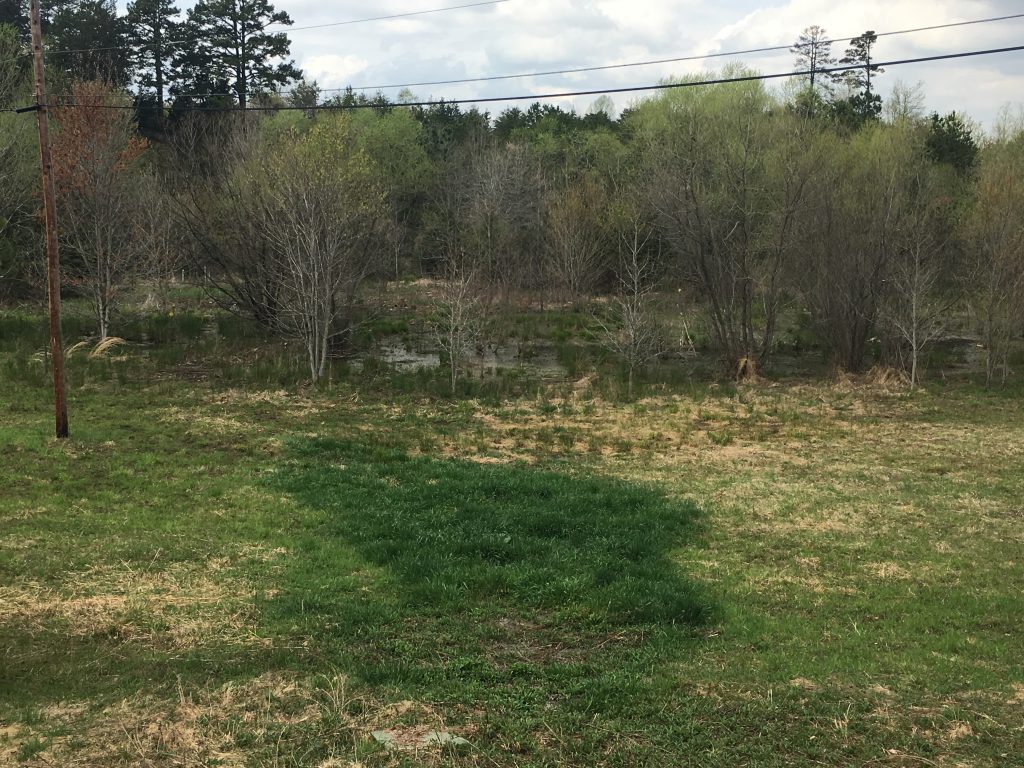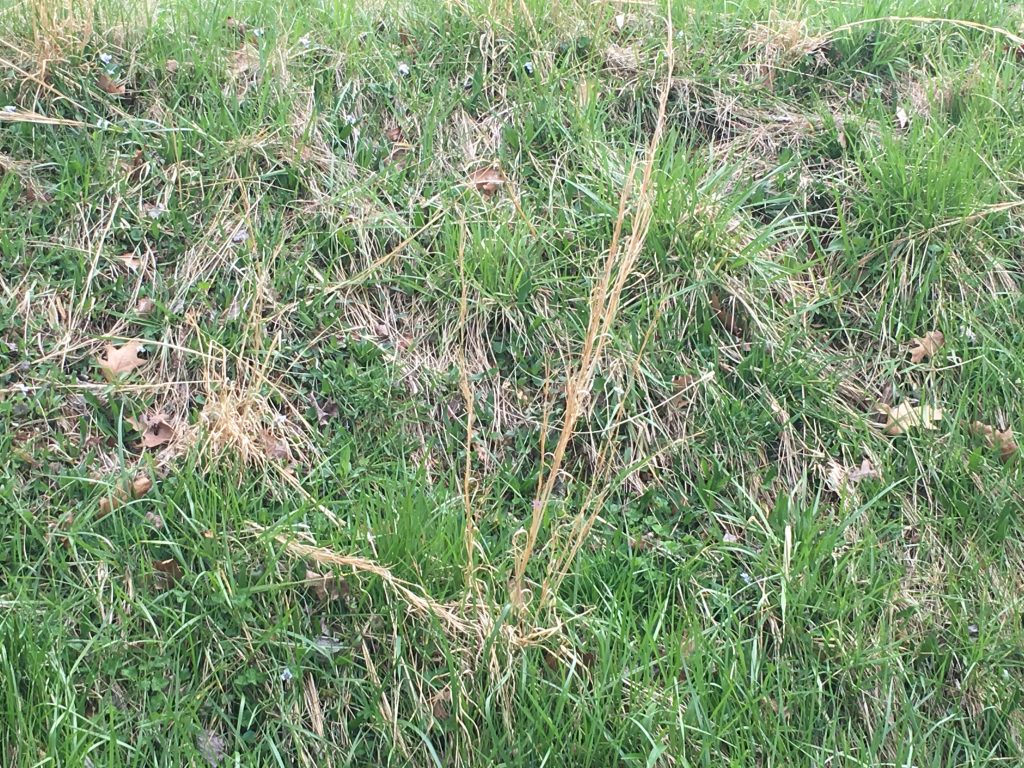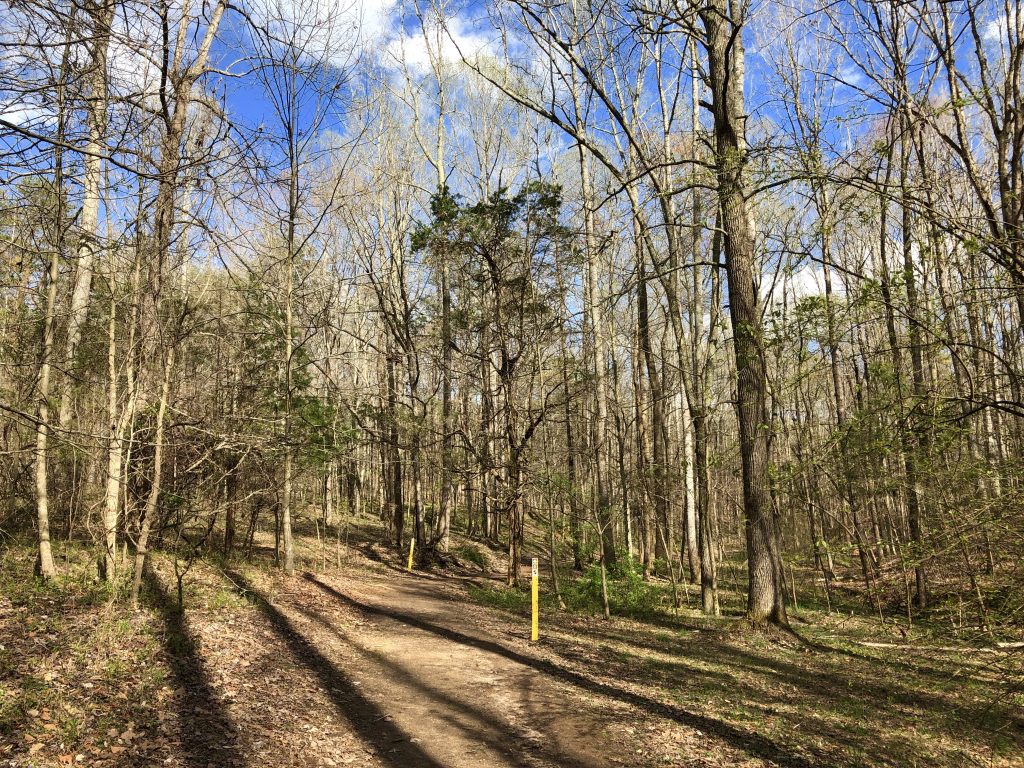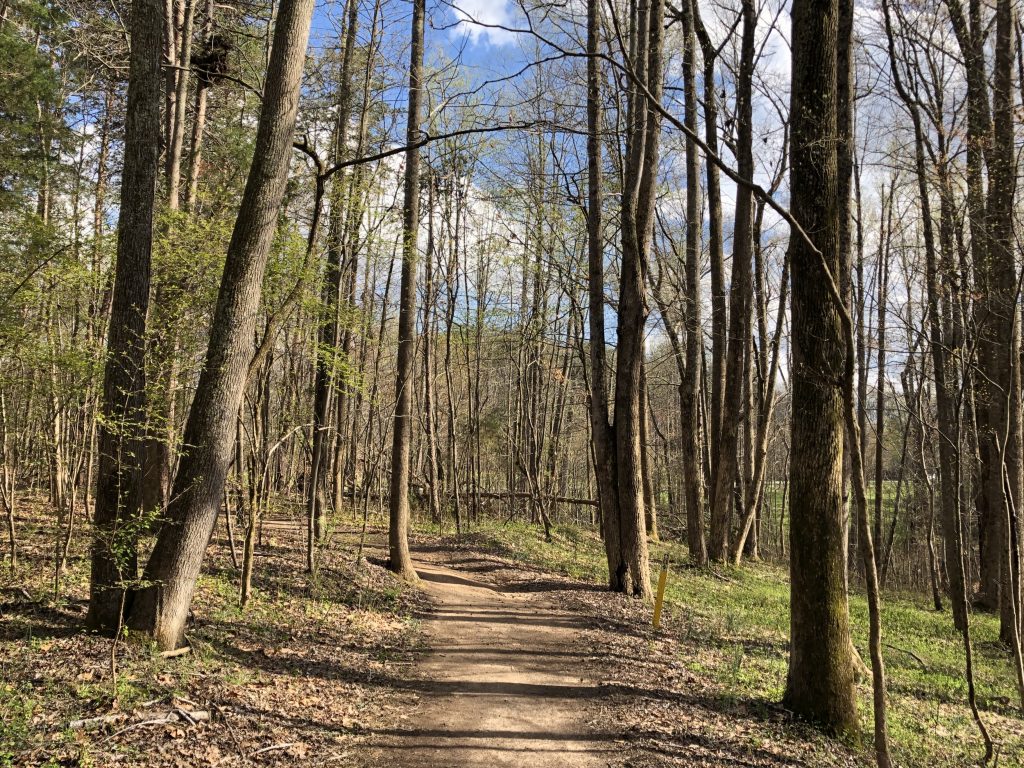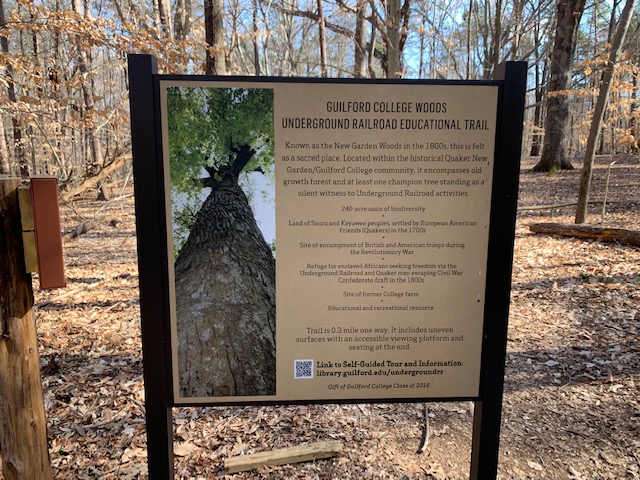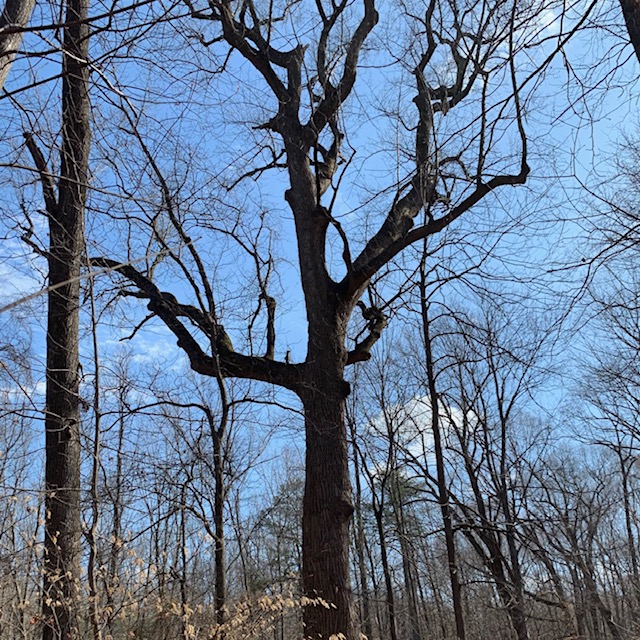During my last visit to the Uwharrie Mountains, I stopped inside the natural history museum that sits at the foot of the trail, free for anyone to amend their curiosities about what the Uwharrie contain. Much of the natural history museum is dedicated to the human history of the area, but this post will be focused on the animals and other critters that inhabited the area long before, and likely long after humans.
The first thing you see on your left when entering is a heavy duty microscope that is there for folks to play with! There are small specimens that you can place under the eyepiece at your leisure, and also dead bugs in little petri dishes that you can take a look at. This microscope is definitely kid friendly, so its a great place for everyone to satisfy their curiosities about the littlest creatures among us.
Looking at the dragonfly wing and the bumblebee was really interesting. You got to see up close the intricate ways in which the wings attach to their thoraxes, the patterns on them, the thickness of individual hairs or antennae. It was a really wonderful way to get immediately engaged in the creatures around us in an intimate and safe way.
Then, as you move along the wall, there are photos of many creatures that live in the area, what they do, and how they contribute to the environment there. The little critters were some we are probably familiar with: possums, ticks and mosquitoes, barred owls, milipedes, bumblebees, and many more. Some of the less familiar creatures might be:
Green lYnx Spider (peucetia viridans)
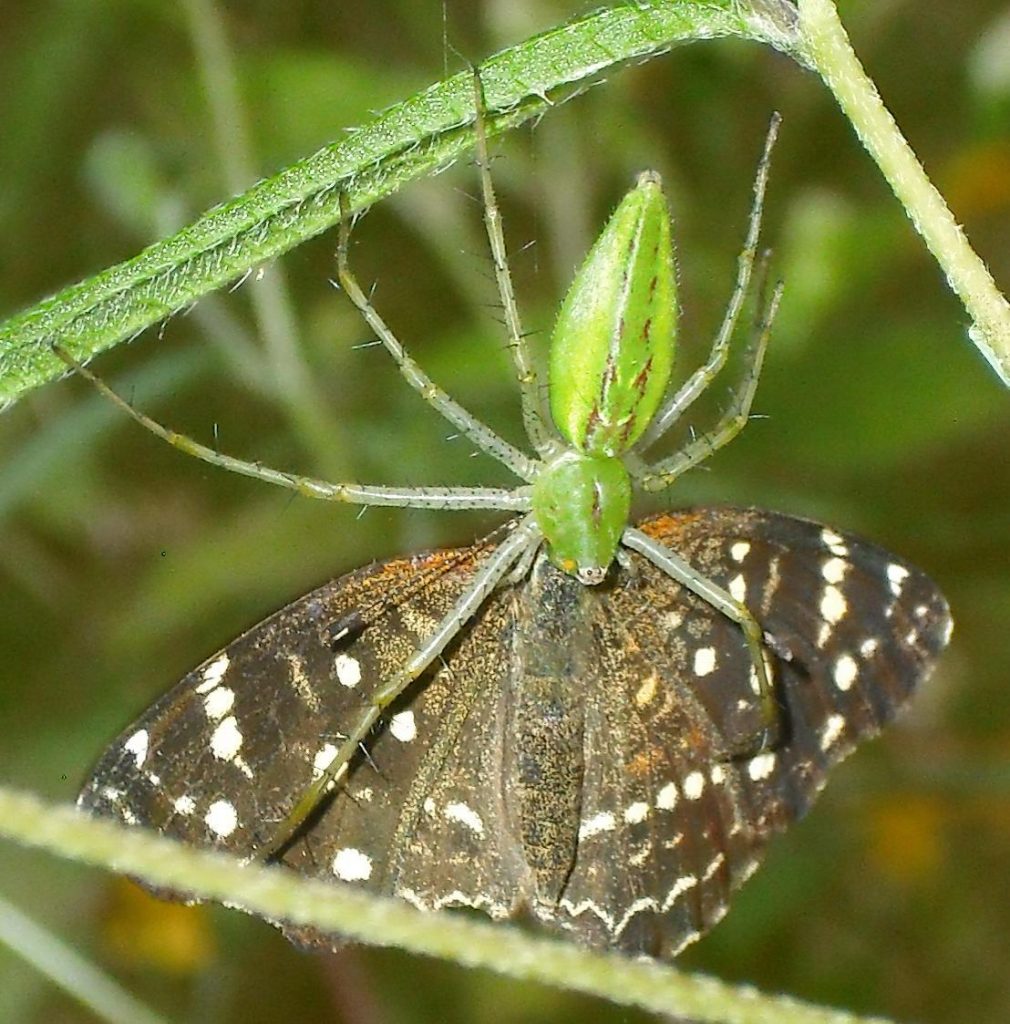
Brown Headed Cowbird (molothrus ater)

Northern Rough Green Snake (opheodrys aestivus aestivus)
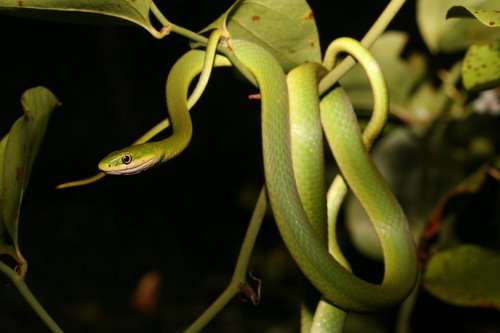
Spotted salamander (ambystoma maculatum)
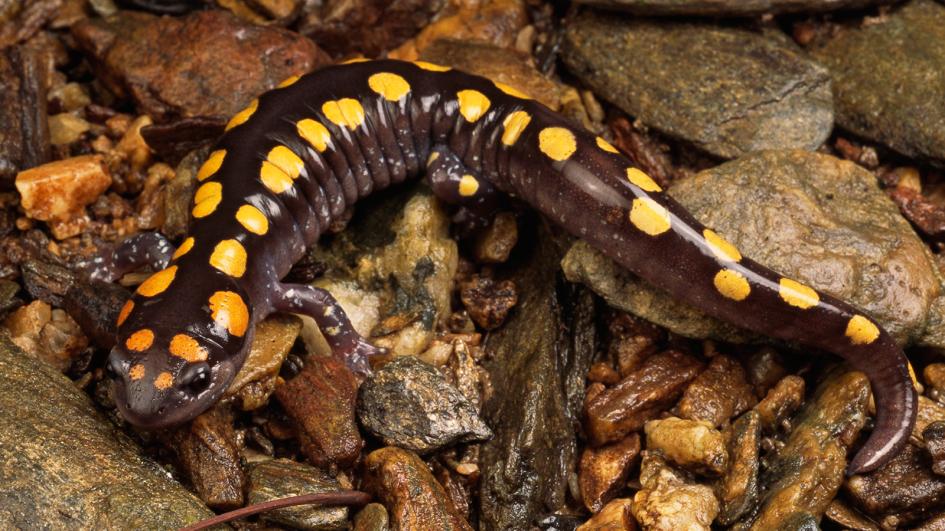
All of these species are integral to the organizational life-sustaining systems of the Uwharrie area.
My only wish that was unmet for this visit to the Uwharrie was that I had been able to see some of these critters while I was there. I managed to see this little scurrying salamander pause in the sun to warm up for a moment (photo) but overall, my visit was barren of any life other than humans and a couple gnats going after my banana here and there.
I was surprised — I didn’t even hear squirrels scuttling in the brush or clawing their way up the trees; there were no mosquitos buzzing in my ear; there were no ants that chased after the crumbs of my turkey sandwich.
Quite frankly, this was eerie. I had just visited a museum that boasted thee diversity and richness of life, and yet it was nowhere to be found, not even with the insects there!
But perhaps this is exactly the human dilemma: going to a natural space and expecting it to cater to what you want to see and experience there. This is generally unrealistic, especially when considering I was hiking on a major hiking trail where there were lots of others out enjoying their Saturday. In reflection, I hope to come away from later experiences with less disappointment in what I didn’t see, and more appreciation for what I was allowed to see.
